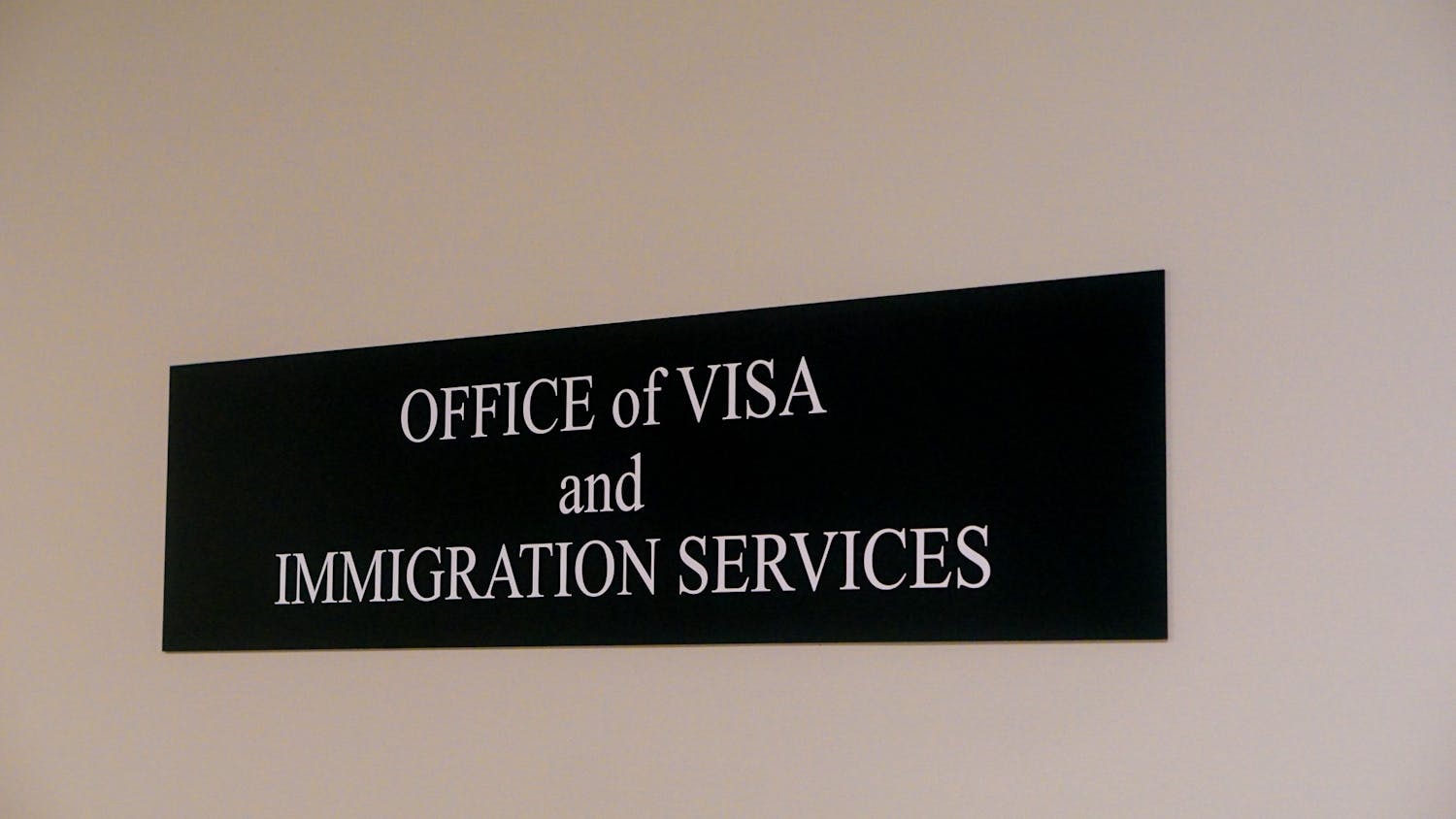While the segregated College dorms of 50 years ago seem unbelievable to most current students, Dartmouth's historical shift from an all-white, all-Christian, all-male institution has not been an easy one, and many of the growing pains are more recent than many students believe.
In the 19th century, Dartmouth seemed to be taking small steps towards lessening its racial homogeny. The College admitted its first black student in 1824, 130 years before the 1954 Brown v. Board of Education Supreme Court ruling.
In 1824, students rallied administrators at the College to admit Edward Mitchell, a black student, who was nearly rejected from Dartmouth on the basis of race alone. In the years following 1824, the College adhered to a pattern of admitting a black student every three to four years, nearly unheard of at the time.
Despite this early potential, significant racial integration at Dartmouth was not achieved until the second half of the 20th century. In the early 20th century, in fact, Dartmouth's integration policies slowed to a halt.
"Dartmouth is a Christian college founded for the Christianization of its students," then-College President Earnest Martin Hopkins said in 1926.
Later, in 1945, Hopkins vowed to continue to enforce the College's anti-Semitic admissions quotas.
With a lack of social options on campus, Jewish students at the College formed their own fraternity, Pi Lambda Phi, 1945. While the majority of fraternities on campus continued to forbid Jewish students from joining their houses, secret societies -- notably the Sphinx, Casque and Gauntlet and Dragon -- began to tap Jewish students in 1945.
College-endorsed exclusion of black and Jewish students from mainstream College activities, including white dormitories, continued through the 1950s.
Slowly, however, the tide of student opinion began to change in favor of a more diverse, racially-integrated College.
In 1947, Dartmouth demonstrated its support of minority students by canceling a tennis tournament with the College of William and Mary in Williamsburg, Va., rather than leave behind an black team member.
"We do not change the personnel of our teams on the basis of opponents' preferences," said William McCarter, who at the time of the incident served as Dartmouth's athletic director.
Issues regarding discrimination in campus fraternities took center stage in 1956, when the administration at Dartmouth announced that any fraternity chapter with a discrimination policy would not be allowed on campus, in an effort to root out racial prejudice at the College. The decree coincided with two similar declarations made at Williams and Amherst.
After witnessing a string of racially motivated events, three concerned students wrote a report entitled "Institutional Racism and Student Life at Dartmouth" to raise awareness of the Dartmouth community about the student life of black students at the College.
The report cited, among other concerns, the unfair selection of athletes on sports teams, specifically football, baseball, and basketball.
The report also highlighted instances when black students were admonished for using the television in a non-black dormitory.
According to the report, the students were told that "they were given the Afro-American society basement for these purposes and that they should not look elsewhere."
However, a student backlash in the mid-1980s garnered national attention, and has left Dartmouth with a mixed reputation ever since.
In 1986, 12 students, 10 of whom wrote for the newly-founded Dartmouth Review, carried out a sledgehammer attack on a cluster of shanties erected in opposition to the College's investments in South Africa in light of the South African government's apartheid policies.
In 1988, four students, also writers for The Review, faced disciplinary action for harassing a black professor. In response to the acts of discrimination at the College, 400 students, representing a multitude of backgrounds, rallied against racism during a week long series of protests.
Despite College efforts, reactionary students continued to print provocative statements in The Dartmouth Review. In a 1990 incident, the creed on the masthead of the newspaper read: "By warding off Jews, I am fighting for the Lord's work." Review editors later claimed someone had hacked into their template and that they were not responsible for the anti-Semitic comment.
Federal law enforcement took an active role in the investigation of four alleged hate crimes at the College in 1995. The hate crimes were targeted at a black student, an black alumnus, and the Dartmouth Gay and Lesbian Organization.
The perpetrators sent hate mail to the victims, including a flier sent to the campus mailbox of the Dartmouth Gay and Lesbian Organization advertising a speech entitled "Let's Talk About Faggots," which never occurred. According to the flier, one of the topics at the alleged speech was: "Is it OK to shoot gays?"
Authorities detained one accused Review writer for five days, but eventually the charges were dropped.
Less than a year later in 1996, racial slurs and insults were found scrawled onto a dormitory room door occupied by two Asian students.
In light of the significant increase of hate crimes at the College, 400 students rallied in front of Parkhurst, denouncing the events and calling all members of the community to exercise respect.
Since the mid-1990s, racial tensions at Dartmouth seem to have significantly lessened. Under the authority of College presidents James Freedman and James Wright, minority enrollment has increased dramatically.



